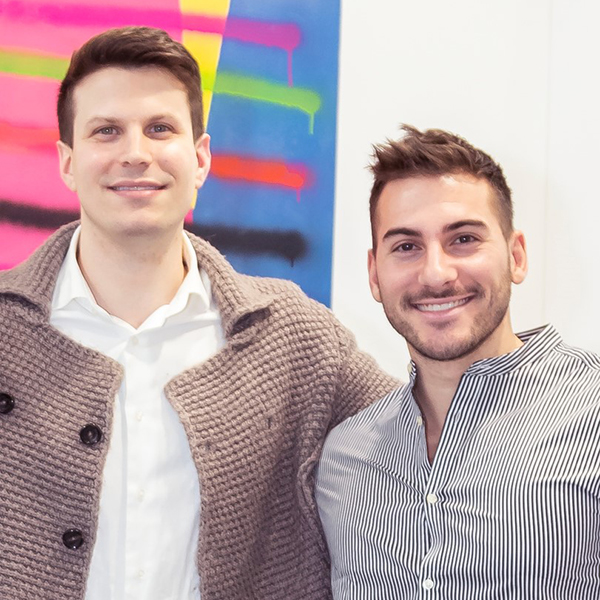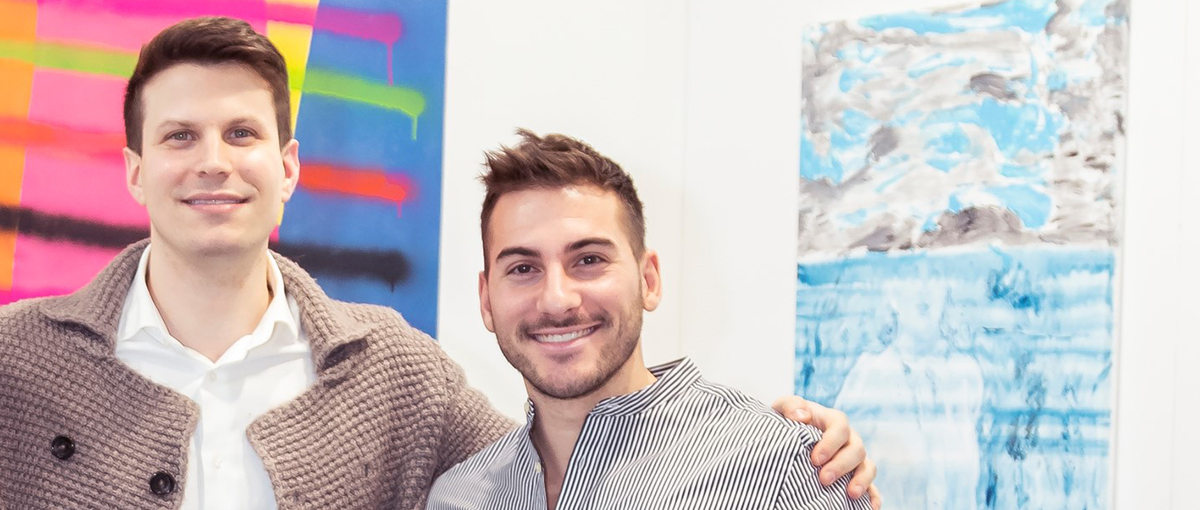The experience of two alumni of the Master in Energy Management programme who together manage Itisartime, an Instagram page with half a million followers. From their meeting in the classrooms of MIP to the development of an entrepreneurial mentality, following the concepts of progress, innovation and change.
What’s the relation between a Master in Energy Management from MIP Politecnico di Milano and an Instagram page with over 450,000 followers that talks about art? Apparently none, but in reality, the relationship exists, and it goes beyond the fact that the hosts of Itisartime, Alessandro Brunelli and Andrea Del Moro, are both alumni of the MEM programme. «Art and energy share the concept of progress. Art is by definition creativity, and in turn creativity is innovation and change. And what are the most common words in energy conferences? Progress and revolution», explains Brunelli.
An ongoing project
Itisartime’s experience goes way back. «In part it coincides with my personal story», says Brunelli. «At the age of 19 I started to collect small pieces of art that seemed to be talking about me; showing them to everyone on social networks seemed to me an innovative way to tell about myself». A vision that gradually expanded: «When I realized that the world of art was boundless, I decided to go beyond that limit and instead repost all those works that stood out from others. That was the true birth certificate of Itisartime, a project that saw the light in 2015».
The success of the page, which also brought the two to the Affordable Art Fair of Milan, initially took Brunelli by surprise. «I’d never have thought to reach a half million people». Big numbers that require some reflection on the future of the project. And also from this point of view the Master in Energy Management played an important role: «There I met Andrea, who joined the project in a later phase. He has excellent communication skills, a broad commercial and project vision. For all these reasons he came onboard, to transform Itisartime into a more solid reality. We aim to become a reference for the sector», reveals Brunelli.
Five ideas for art in Italy
On the state of art in Italy, and on what concerns its communication and dissemination to the general public, Brunelli has clear ideas: «The potential of our country is enormous, we know it. There are initiatives that I think have represented important steps forward. I’m thinking, for example, of Domenicalmuseo, that brings many people closer to places of art. But also the combination of art and cinema can arouse interest in those who are perhaps tired of the usual exhibits». Obviously, there’s no lack of areas in which it would be possible to do more: «We should maintain and increase subsidies to funds like Fai or to private exhibition spaces, like Hangar Bicocca or Fondazione Prada, to give some examples. The appeal with young people would grow. Secondly, all initiatives should be channelled through an information channel and disseminated. Lastly, try to transform problems in solutions. I’m thinking about street art and urban art: investing on thematic projects could transform acts of vandalism in works, thanks to which you could redevelop peripheral areas».
The added value of the Master in Energy Management programme
Among these and other suggestions, Itisartime looks to the future. And it does so thanks to some lessons that Brunelli and Dal Moro learned during the Master in Energy Management: «I have an engineering background, Andrea an economic one. The first thing a master’s does is to connect people with different backgrounds: it’s from the comparison of points of view and different experiences that good ideas are born. It was a truly lucky meeting, if we think that we now collaborate in a sector so far removed from our training and educational experience. The master’s gave us ideas for professional improvement and more generally of personal development. If today we evaluate job opportunities tied to Itisartime with an entrepreneurial mentality, the credit goes to the MEM», concludes Brunelli.







